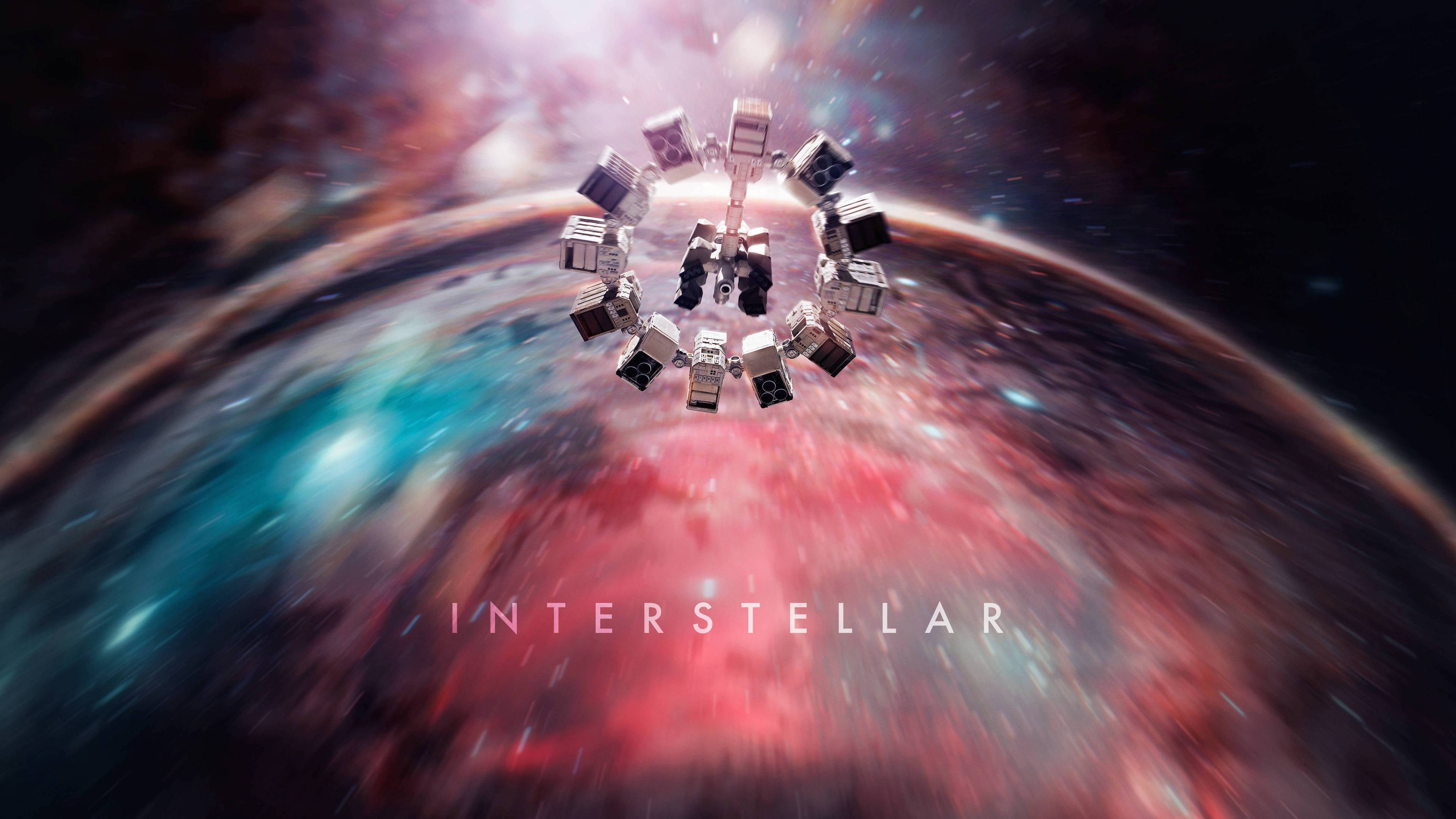Looking for an IMAX-sized event heading into this holiday season?
Well, fans of the movie Interstellar will be given the opportunity to witness it in select IMAX theaters across the U.S and Canada for it’s 10th anniversary on December 6th.
The blockbuster movie directed by award-winning filmmaker Christopher Nolan and starring actors Matthew McConaughey and Anne Hathaway was a box office smash when it first released in 2014, grossing $730.8 million. It has since become a staple of cinematic history.
David Keighley, the Chief Quality Officer at IMAX, has worked with Nolan on the post-production of many of his films, including the Dark Knight Trilogy, Oppenheimer and, or course, Interstellar.
Keighley explained how Nolan directed Interstellar using film cameras designed to project exclusively on IMAX wide-screens in 70mm film format.
“What makes this so unique is Chris Nolan shot this film using IMAX film cameras, a good portion of it, which is a 143, aspect ratio, so it fills the entire IMAX screen,” Keighley said. “If you happen to go to [AMC] City Walk or [AMC] Metreon or [AMC] Irvine spectrum, or [AMC] Lincoln Square in New York, or the BFI in London or Melbourne, Australia, this is IMAX.”
In 2014 the film was screened in 70mm, a high-performance composition that’s considered by many to be the best feature film format currently available.
In the decade since, the 70mm format has become more widely known to the average movie-goer, thanks in large part thanks to Nolan and the IMAX team’s promotion of the format when his most recent film, Oppenheimer, was released last summer.
With anticipation now higher for the 70mm format, audiences will get the chance to revisit Nolan’s sci-fi epic, or see it for the first time.
Keighley explained that IMAX uses three times the resolution on a 70 millimeter frame that’s screened horizontally through the camera and projector to create the best film experience possible.
“It’s the highest resolution film format ever developed,” Keighley said. “It’s not bare pattern; these cameras were developed 50 years ago, and there’s no digital camera that can rival what those cameras could still do today.”
Keighley said 70mm is costly, and difficult to transport because of its weight. But, for Keighley, the visual experience makes it worth it.
“It’s very expensive, but it has a different look,” Keighley said. “It’s an art form to Christopher Nolan and other filmmakers.”
The majority of theaters with IMAX capability use IMAX Digital, which is a projection system that’s slightly inferior to the 70mm film format.
Keighley said digital cinema will still likely remain the common projection style of the future because it does not need to be physically delivered to theaters like 70mm film. However, Keighley believes it will not compete with the unique IMAX experience.
“If you want a special, different kind of aesthetic, and you want an art form that really is special, capturing in film and displaying its film, to many people, is the epitome of the cinema experience,” Keighley said.
You can watch Interstellar in 70mm IMAX format only at the Universal Cinema AMC in City Walk and the Regal Edwards in Irvine. Screenings at the Universal Cinema AMC are currently sold out.
